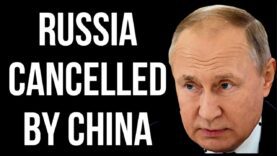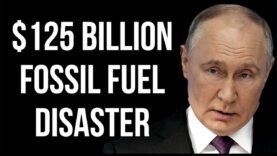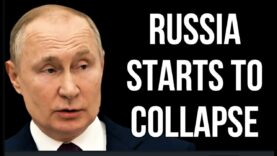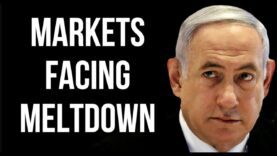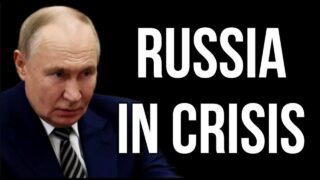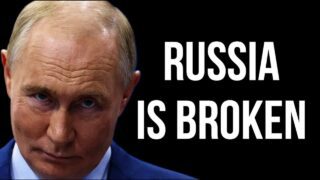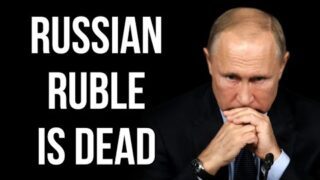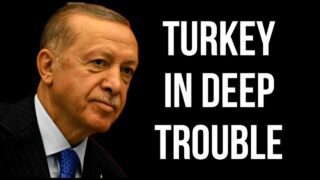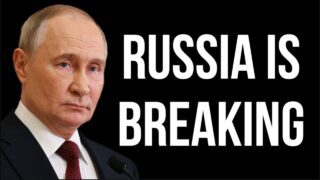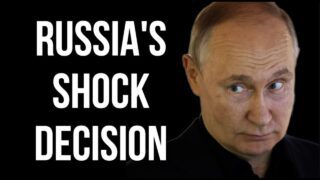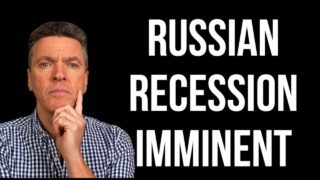RUSSIA Starts to Collapse
Video Summary
The value of the Russian Ruble has been declining in recent weeks, with the exchange rate falling by over 8% since August 6th, when Ukraine launched a surprise attack into the Kers region. This comes as the Russian Central Bank has stopped supporting the value of the ruble, allowing the market to determine its price. This shift is a significant change from the bank’s previous efforts to maintain the value of the ruble at around 90 to 1 US dollar.
The decline in the value of the ruble is not the only economic concern in Russia, with rising inflation and high interest rates also causing problems. The country is experiencing double-digit inflation, with food prices increasing by almost 10% over the past 12 months, and producer prices rising by 13.7% in July. This is a sign that inflation is likely to continue rising over the next 3-6 months.
The Russian economy is also struggling with low reserves, due to a significant increase in military spending over the past 18 months. This has led to a shortage of foreign currency and a reduction in the country’s trade partners, making it harder for Russia to import goods. The country is also facing a shortage of skilled workers, with 1.2 million people leaving the country since the start of the war, and a reduction in migration.
The Russian Central Bank has responded to these challenges by increasing interest rates, with rates now sitting at 18%, the third-highest in the G20. This is causing significant problems for the Russian economy, with high interest rates making it difficult for businesses and individuals to finance their activities.
Overall, the decline in the value of the ruble is just one symptom of a broader set of economic challenges facing Russia, including rising inflation, high interest rates, and a shortage of foreign currency. The country’s economic prospects look grim, with many experts predicting a difficult road ahead for the Russian economy.


